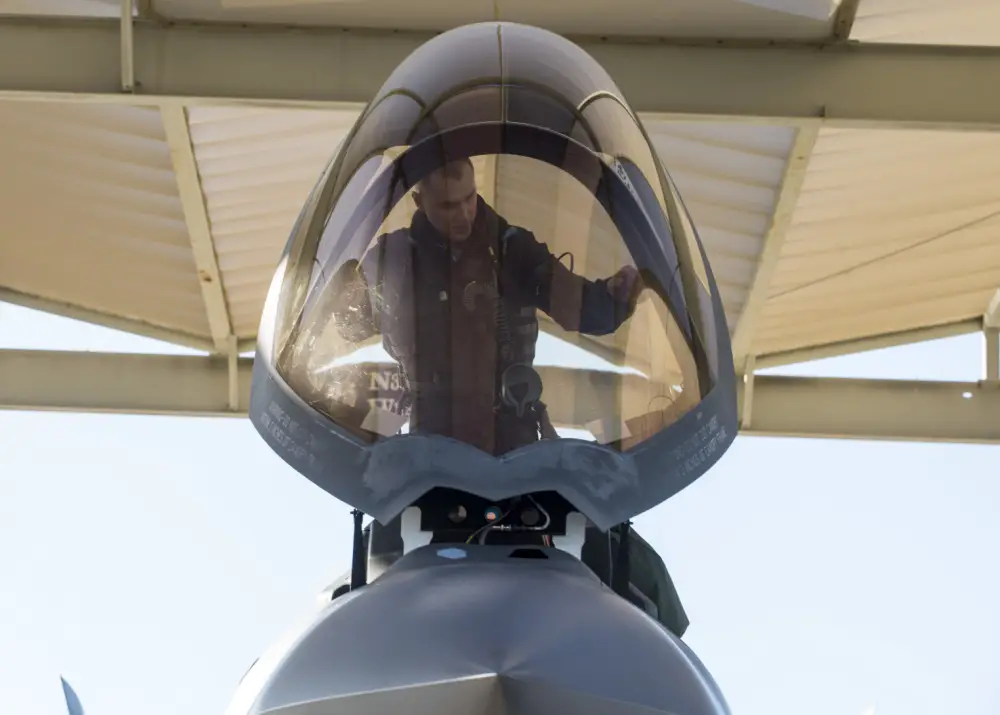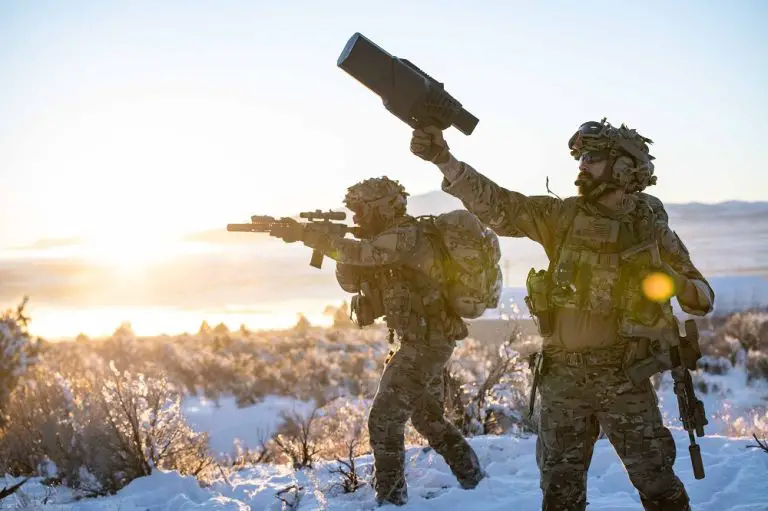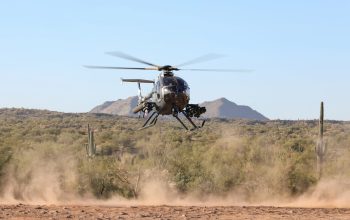In a span of eight demanding months, four 62nd Fighter Squadron student pilots – two U.S. and two Norwegian – will learn the ins-and-outs of the F-35A Lightning II as they train through the first-ever allied F-35 B-course, beginning as novices and developing into proficient and lethal fighter pilots. The 62nd FS activated in January 2015 at Luke Air Force Base as a joint international effort between Italy, Norway and the United States for F-35 training. Student pilots from each of the three nations fly Italian, Norwegian and American F-35s under the guidance of American and Norwegian instructor pilots.
“This is the first allied Basic course ever in the F-35,” said Lt. Col. Christopher Hubbard, 62nd FS squadron commander. “Previously, only U.S. pilots learned to fly the F-35 as their first fighter jet straight out of pilot training. Now, for the first time ever, Norwegian pilots are training right alongside American pilots in the F-35 B-course.” The student pilots took their first flights in the fifth generation fighter on varying dates in September and October, familiarizing themselves with the F-35 and its components.

“The first flight was awesome,” said U.S. Air Force 1st Lt. Nathanael Zilllweger, 62nd FS fighter student pilot. “It’s interesting because in the simulator you can’t feel the jet at all. On your first flight the jet rumbles a little bit so you get a feel for what it’s like to have 40,000 pounds of thrust at your back. That was probably the best thing for me.” The students employed their training as they taxied onto the runway and rose into the air, experiencing the power of the F-35 for the first time.
“It was a great experience,” said a Royal Norwegian air force fighter student pilot assigned to the 62nd FS. “When you do the first takeoff after only flying aircraft in previous flights with smaller engines, you can really feel the kick of the aircraft accelerating on the runway. It was really fun to achieve the goal of flying a fighter jet for the first time.” The student pilots train on smaller aircraft prior to starting the F-35 B-course to learn the basics of military flight operations.

While attending Undergraduate Pilot Training (UPT), student pilots fly the T-6 Texan II which is a two-seat, single propeller trainer. Next, they’ll fly the T-38 Talon, which is a two-seat twin-engine jet trainer, said Capt. Sake, 62nd FS Norwegian flight commander and instructor pilot. Flying instrument information on the T-6 and the T-38 lay the foundation for success, preparing the student pilots to tackle the F-35’s components. The F-35 B-course provides an in-depth orientation to the fifth-generation fighter.
The first phase of the F-35 B-course, or basic flight class, is a month of classroom basics to identify how each system in the Lightning II works. The second phase is ground simulator training, performing hours of local and emergency procedures, along with other simulations. The last phase includes hands-on training, and the students are paired into operational squadrons where instructor pilots teach academics and the students fly the F-35 for the first time, said Sake.

“In some ways, the T-38 is actually a little bit more challenging to maneuver just because the flight controls are very mechanical, whereas the F-35’s are more electrical,” said a Royal Norwegian air force student pilot. “The F-35 handles a little bit easier even though it has more power and thrust.”
In March 2020, the student pilots are scheduled to attend Red Flag at Nellis Air Force Base, Nevada. Red Flag is an annual exercise in which student pilots experience realistic combat simulations. As a multi-national exercise, the students will practice flying with different countries, allowing them to build on their skills, said Sake.

“Red Flag is the long-term big goal that I’m looking forward to,” said a Royal Norwegian air force fighter student pilot. “I think we need to take in everything that happens along the way because that’s going to be the building blocks that’s going to lead us there. Everything we’re doing from this point on is things we’ve never seen before, at this scale at least. Everything is interesting and fun.” The U.S. and Norwegian instructors have high expectations for their four student pilots.
“They’ve been very strong up to this point,” said Sake. “We expect them to continue that strong trend, to be prepared and ready to stand up on their own.” The Norwegian and U.S. student pilots that are training together are making history and strengthening foreign partner relationships. “This is a huge milestone for the 62nd FS, 56th Fighter Wing, U.S. Air Force, and Royal Norwegian Air Force,” said Hubbard. “This interoperability means that all F-35 partners are, or will be, training on the same airplane, using the same syllabus, operating off the same tactics manual and going through the same training pipeline. The benefits to this commonality are just starting to be seen, but will undoubtedly give allied combat efforts a huge advantage in future conflicts.”


























